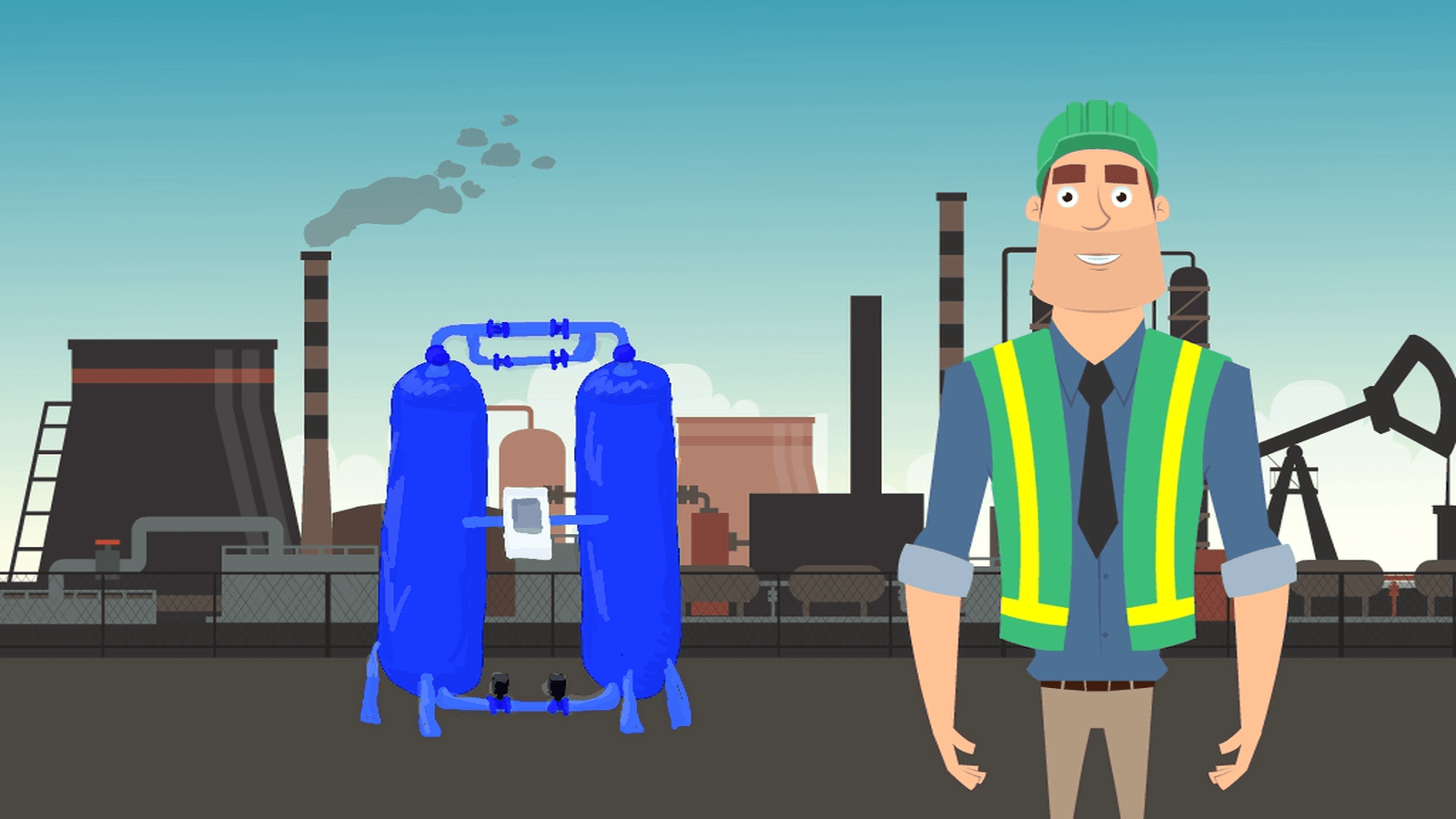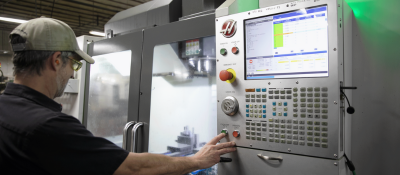Your Cart is Empty

Types of Compressed Air Dryers
The dryer is an important part of the compressed air system that often gets overlooked. Along with filters, it ensures that the air being used in your final application is clean and free of moisture. Moisture in the air can cause fish-eyes in paint and clogged media blaster nozzles.
The dryer is an important part of the compressed air system that often gets overlooked. Along with filters, it ensures that the air being used in your final application is clean and free of moisture. Moisture in the air can cause fish-eyes in paint and clogged media blaster nozzles. The two main types of dryers are refrigerated and desiccant. The main difference between these two types is the drying agent inside the machine.
Refrigerated dryers are split into two sub categories, cycling and non-cycling. Non-cycling runs all the time, whereas a cycling dryer cycles on to cool a secondary cooling fluid, then shuts off while the cooled fluid does the work of drying the air.
Refrigerated dryers are the lower cost option in terms of set-up, operation and maintenance. A benefit of these dryers is that they are resistant to airborne oil particles, but the disadvantage is that they have minimal dew point capacity. Dew point is the temperature when the water in the air lines will condense.
Desiccant dryers can be heatless, heated internal or heated external. In a desiccant dryer the air flows through one of two towers filled with a drying agent that absorbs any moisture. The opposing tower is offline and being regenerated with purge air.
Desiccant dryers have better dew point capacity than refrigerated dryers and they can be used in remote and hazardous environments. They tend to have high set-up costs, the desiccant bed needs to be replaced every 3-5 years, they require more filtration for airborne oil vapor and particulate carry over, and often need purge air. Most often they consume purge air, making them less efficient than refrigerated.
Contact us for expert knowledge on compressed air dryers.
View all compressed air & process gas dryers.





